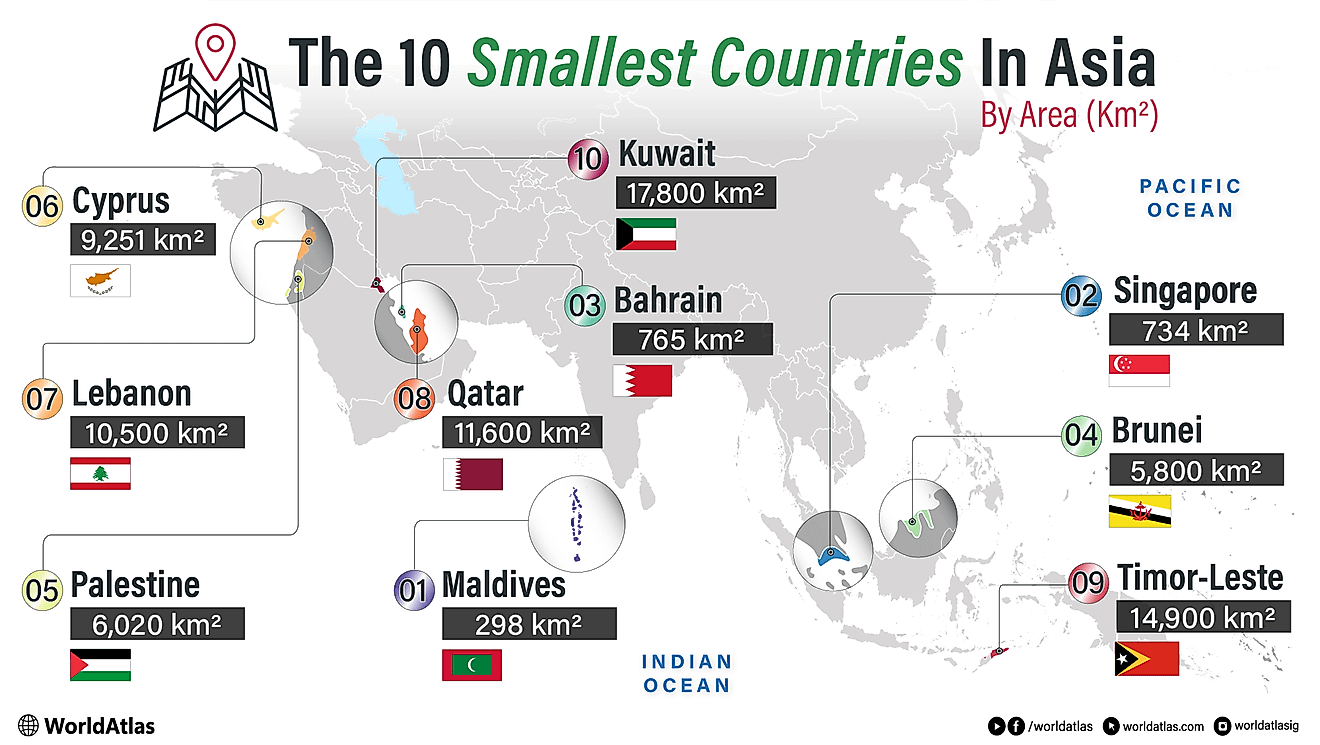Maghreb, Africa
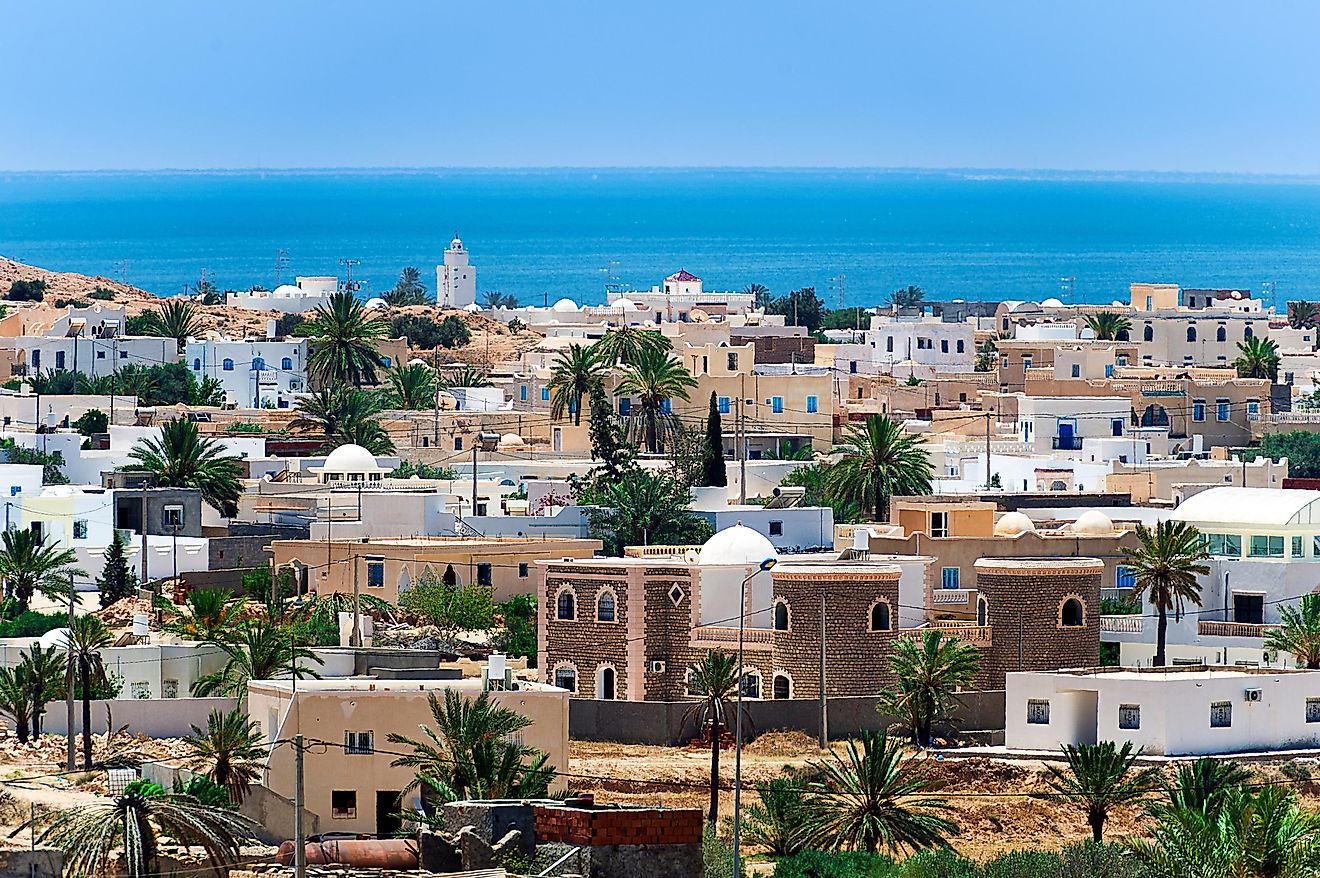
- The Maghreb is a vast region in northwest Africa.
- The name “Maghreb” means “West” in Arabic.
- About 100 million people live in the Maghreb.
- Most of the people in the Maghreb are of Arab, Berber, or mixed Arab and Berber heritage.
- The two distinct regions of the Maghreb are the Sahara Desert and the Atlas Mountains.
The region known as the Maghreb is an area in northwest Africa. The word “Maghreb” literally means “west” in the Arabic language. This name makes sense since it lies to the west of the Arabian Peninsula, which is the original homeland of the Arabs.
Today, the Maghreb encompasses the countries of Libya, Tunisia, Algeria, Morocco, and the disputed region of Western Sahara. Some also add Mauritania to the region. Interestingly, the name for Morocco in Arabic is also Maghreb, thus, it should not be confused with the Maghreb region.
Geography
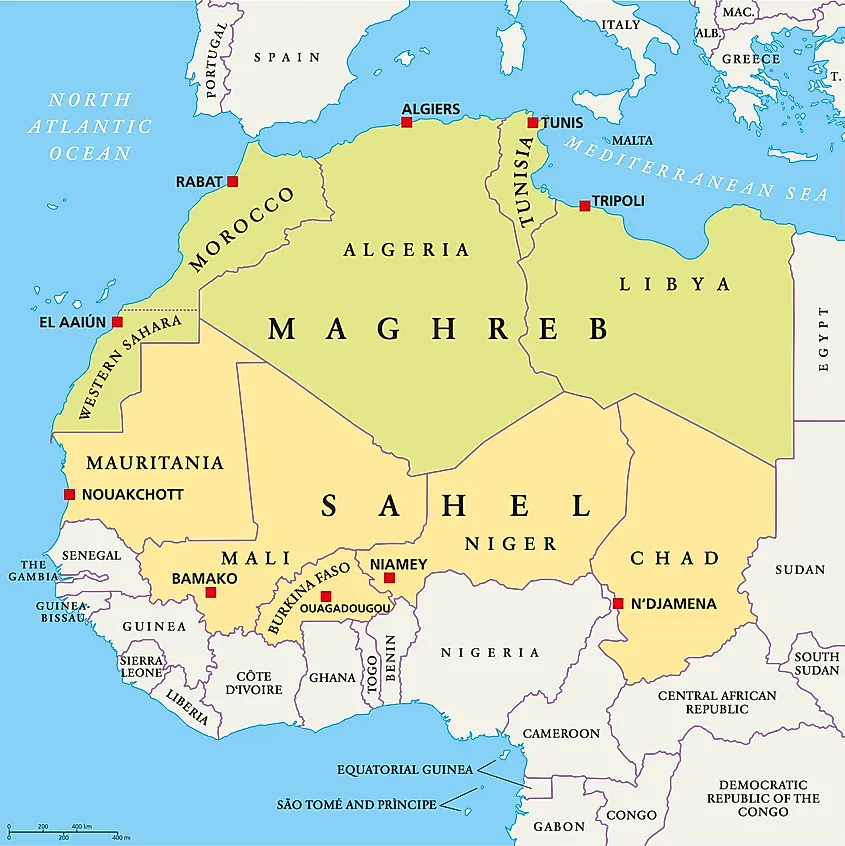
The Maghreb consists of two defining regions, the Sahara Desert in the south and the Atlas Mountains in the north. The Sahara Desert covers the overwhelming majority of territory belonging to Mauritania, Western Sahara, Algeria, and Libya. It also covers the southern half of Tunisia. The dunes that the Sahara is famous for are mostly found in Algeria and Libya.
The Atlas Mountain Range, which stretches from Morocco all the way to Tunisia, has a number of plateaus that receive steady rainfall of more than 100 mm per year, in a region where steady rainfall is very difficult to come by. The mountains are very difficult to traverse because of the extremely high peaks that they feature. The tallest peak in the Atlas Mountains is called Jbel Toubkal and is located in southwestern Morocco. It measures 4,167 meters in height. In ancient times, the Atlas Mountains served as a kind of border between the coastal Maghreb and the Saharan Maghreb.
History
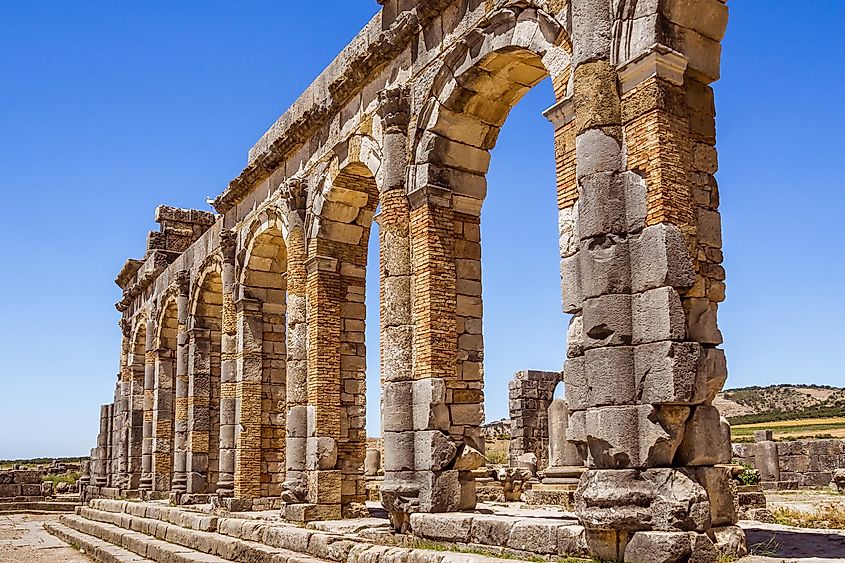
The earliest recorded history of the Maghreb goes back to when it was the domain of the Phoenicians, who migrated from their homeland in modern-day Lebanon to establish ports on the Maghreb coast. One of those ports was Carthage, which later emerged as a powerful empire that controlled the northern part of modern-day Tunisia, most of the Maghreb coast, the Canary Islands, a southern portion of modern-day Spain, the Mediterranean islands of Corsica and Sardinia, and part of the Mediterranean island of Sicily. This empire, however, was only informal, as there was no central government for the entire expanse of Carthaginian territory.
The Carthaginian Empire lasted from 575 to 146 BCE. For many years, it was in a struggle for supremacy against another emerging superpower of the time, the Roman Republic, the precursor to the Roman Empire. The so-called Punic Wars, of which there were three, were the wars fought between the Romans and the Carthaginians. The long struggle between the two empires ended in the Third Punic War when the Romans occupied and destroyed Carthage itself.
The Roman conquest of Carthage was a turning point in history. For starters, it shifted the path of civilizational development from Africa to Europe. In addition, it turned Rome from a regional power into a global power. This forced the Romans to develop a complex system of administration because of the vast new territory that they had to control. The methods of administration that the Romans developed to govern its enlarged imperial realm came to shape the administrations of modern nation-states, including the United States.
Arab And Turkish Rule
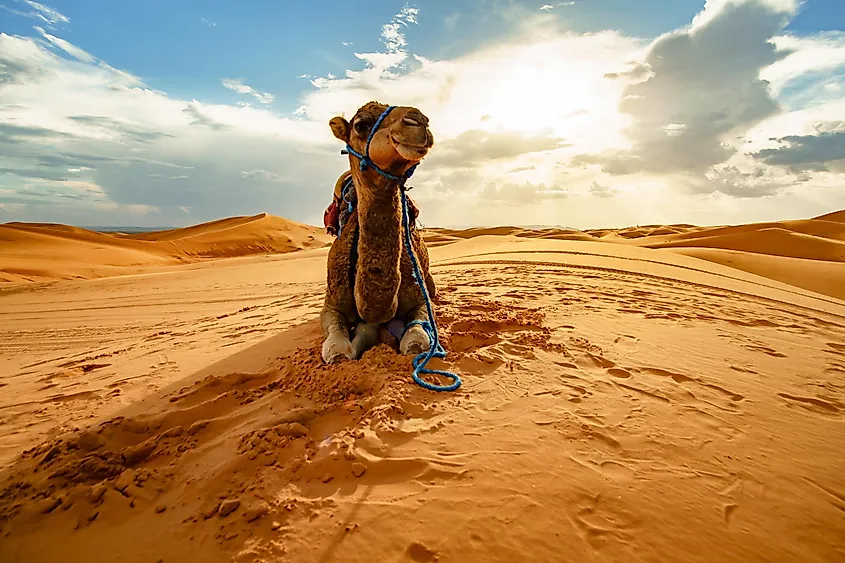
The Roman Empire would rule the Maghreb for many centuries. But in the 7th century CE, another empire emerged that would go on to conquer the entire region and change it forever. This new empire was the Islamic Caliphate. In the mid-7th century CE, Arab invaders entered North Africa. By the end of the century, they had brought almost all of the coastal Maghreb under their control. During this time, traditional Indigenous leaders were replaced by Arab leaders.
The Arabs carried the new religion of Islam with them, which would eventually become the dominant religion in the Maghreb. Arab rule in the Maghreb would continue into the 16th century, when the Turks began conquering parts of the region. They eventually took over nearly the entire Maghreb, except for Morocco.
The Arab and Turkish invasions of the Maghreb introduced new wildlife to the region. One particular animal, the camel, would change the way trade was conducted in the region forever. Due to the camel’s ability to withstand the harsh conditions of the Sahara Desert, a trans-Saharan trade route was established, which increased intercontinental communication between Africa and Western Asia. It was the prosperous trading in the Maghreb that ultimately attracted European powers to the region. At first, the Europeans simply tried to establish trade relations using the coastal territories of the Maghreb as their entry points into the larger regional trade market. Later, however, the Europeans switched their intentions from trade to conquest.
European Colonization And Decolonization
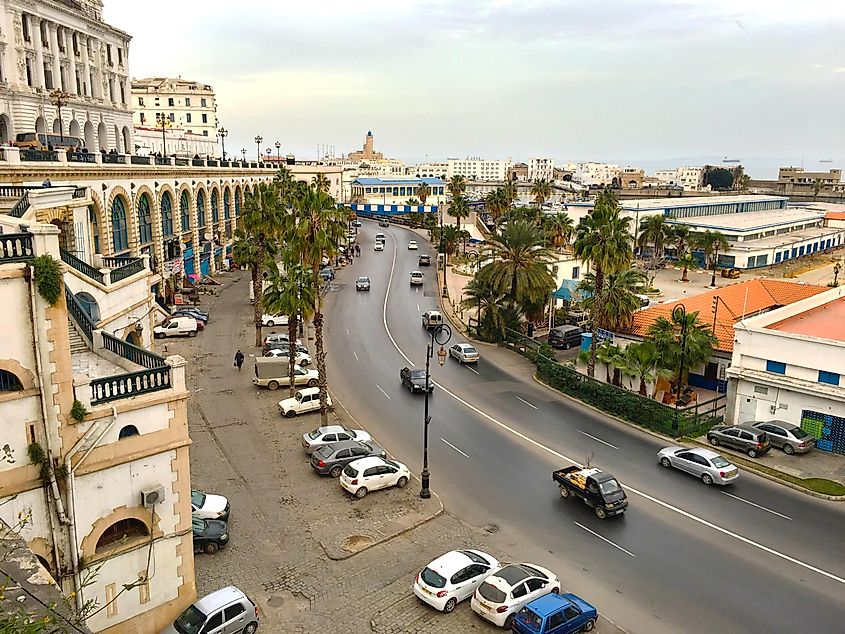
In the first quarter of the 19th century, European powers began taking over parts of the Maghreb. France eventually became the dominant colonial power in the region. The French began their conquests in the region by seizing control of what is now the coastal area of Algeria. By the early 20th century, they controlled most of the Maghreb and West Africa. Spain had seized territory in present-day Western Sahara and the northern coast of Morocco, while Italy conquered what is now Libya.
After World War II, a wave of nationalism swept Europe’s overseas colonies, including those within the Maghreb. Libya was the first country in the region to gain independence, followed by Tunisia and Morocco. Algeria gained independence in 1962, following an often bloody revolt against French rule. Spain withdrew from what is now Western Sahara in 1976, after which Morocco immediately claimed sovereignty over it, a claim that was rejected by people in the enclave leading to armed resistance. The conflict in Western Sahara remains unresolved to this day.
In 2011, a popular uprising took place in Tunisia, leading to the overthrow of the country’s long-time dictator and the establishment of a democratic government. That same year, in neighboring Libya, an armed rebellion took place, in which Western powers under the leadership of NATO intervened militarily to help bring an end to the rule of Muammar Gaddafi, who had led Libya since 1969. Fighting in Libya continues, however, between militias vying for control of the country.
Demographics
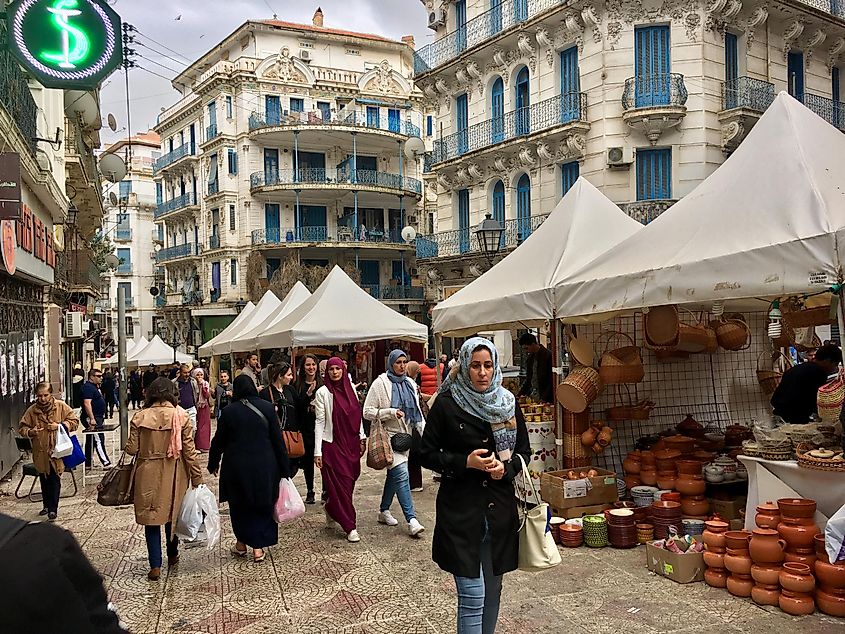
The population of the Maghreb is about 100 million. An additional 4.5 million people can be added if Mauritania is included as part of the region. Algeria is the most populous country in the Maghreb, with about 43.8 million people living within its borders. Not too far behind is Morocco, with an estimated 36.9 million people. Tunisia has approximately 11.8 million inhabitants, while Libya has around 6.8 million. The disputed enclave of Western Sahara is the least populous of the Maghreb region, with less than 600,000 people living in it.
Most of the people living in the Maghreb are of Arab, Berber, or mixed Arab and Berber heritage. The Berbers, more properly called the Imazighen (Amazigh in singular form), are the original inhabitants of the Maghreb, having been in the region before the Arab invasions began in the 7th century CE. There are several subgroups of Berber peoples, who speak different Berber languages. Although stereotyped as nomads, most Berbers are actually farmers. For a long time, Europeans referred to northwest Africa as the Barbary Coast, denoting the presence of the Berbers in the region.
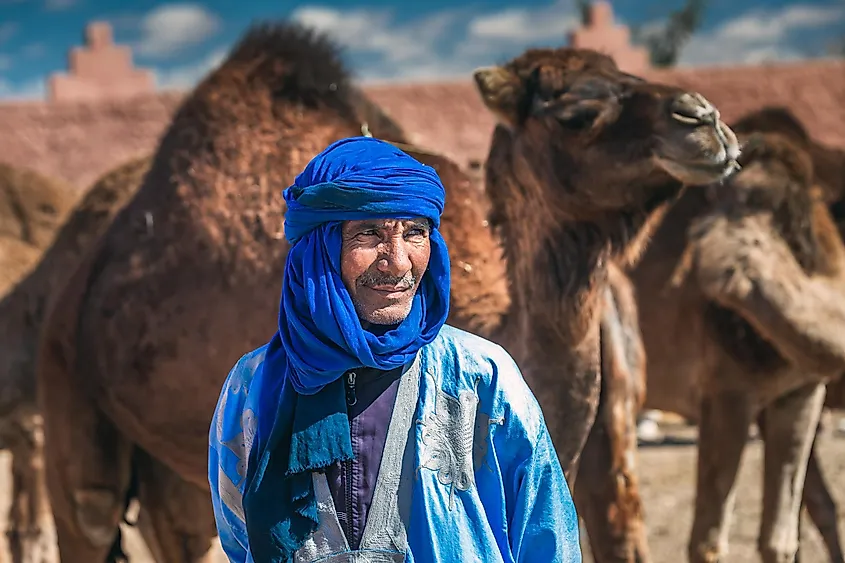
Both Arabic and Berber languages are spoken in the Maghreb, though it is the former that dominates. It should be noted, however, that the Arabic language is not uniform throughout the Maghreb region, nor is it uniform in other parts of the Arab world. The two most common varieties of Arabic spoken in the Maghreb are Hassaniya Arabic and Maghrebi Arabic, the latter of which has more than 70 million speakers, making it the most prevalent type of Arabic in the region. But Maghrebi Arabic can be further divided into national dialects spoken by Moroccans, Algerians, Tunisians, and Libyans. As a legacy of colonialism, French is still used, spoken, and understood in countries of the Maghreb that were once under French rule.
